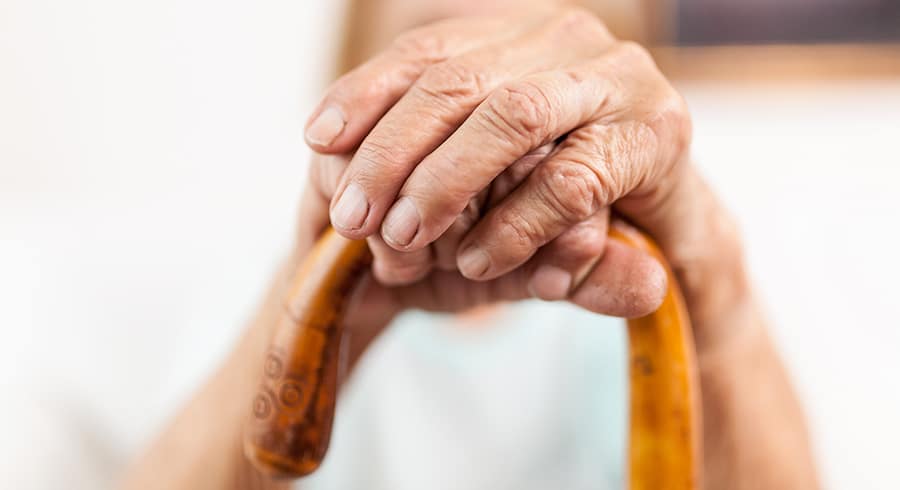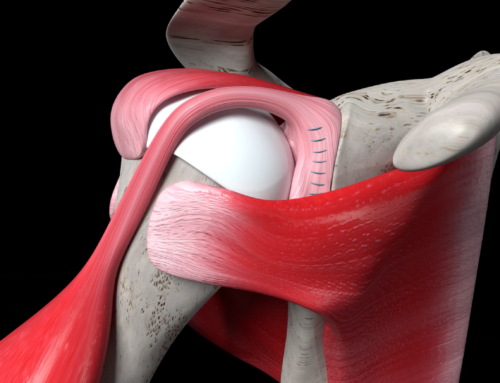National Arthritis Awareness Month
National Arthritis Awareness Month in May. This National Holiday is to raise awareness about arthritis. In fact, this condition is the number one cause of disability in the U.S. It affects one in five adults. And over a quarter of a million children nationally!
Arthritis takes many forms including osteoarthritis, rheumatoid arthritis (RA), psoriatic arthritis, and nearly 100 other types. Some forms of arthritis, such as rheumatoid arthritis (RA), are due to an autoimmune disorder. Although the immune system in a healthy body provides protection from disease and infection. However, with an autoimmune disease, the immune system attacks healthy cells. And this chronic inflammatory disorder can affect many joints. The joints which are affected in RA are hands and feet. In fact, it’s typically in the same joints on both sides of the body.
Osteoarthritis can occur from injury to the joints. Therefore, resulting in a breakdown of cartilage tissue. Furthermore, this breakdown may cause joint pain and stiffness that progresses over time. Infectious arthritis may include symptoms of:
- Fever
- Chills
- Joint inflammation
- Tenderness
- Sharp pain
- Cracking & clicking of the joints
Also see, 7 Signs of Knee Arthritis
Risk Factors of Arthritis
There are also many risk facts to be aware of, such as:
- Family history. Some types of arthritis run in families. So, you may be more likely to develop arthritis if your parents or siblings have the disorder. Your genes can make you more susceptible to environmental factors that may trigger arthritis.
- Age. The risk of many types of arthritis — including osteoarthritis, rheumatoid arthritis, and gout — increases with age.
- Your sex. Women are more likely than men to develop rheumatoid arthritis. While most of the people who have gout, another type of arthritis, are men.
- Previous joint injury. Those who have injured a joint, perhaps while playing a sport, are more likely to eventually develop arthritis in that joint.
- Obesity. Carrying excess pounds puts stress on joints, particularly your knees, hips, and spine. People with obesity have a higher risk of developing arthritis.
Diagnoses & Treatment
A diagnosis is an important initial step towards a successful treatment. And an earlier diagnosis can result in living a longer and healthier life. Blood tests and x-rays, however, can confirm a diagnosis in combination with a physical examination. These diagnoses are performed by a doctor, who can check for swollen joints or loss of motion.
There are many medications, therapies, and even surgeries to help reduce symptoms. In fact, slowing the progression and improving quality of life. When you have joint pain that began after an injury, gradually progressive joint pain or joint pain that is severe and interfering with function, it’s important to see an orthopedic doctor to determine the cause.
At Spine & Orthopedic Center understands that joint pain can affect the quality of life. We would like to help you reduce joint pain! Please contact Spine & Orthopedic Center for an appointment today at 888-409-8006.







Leave A Comment